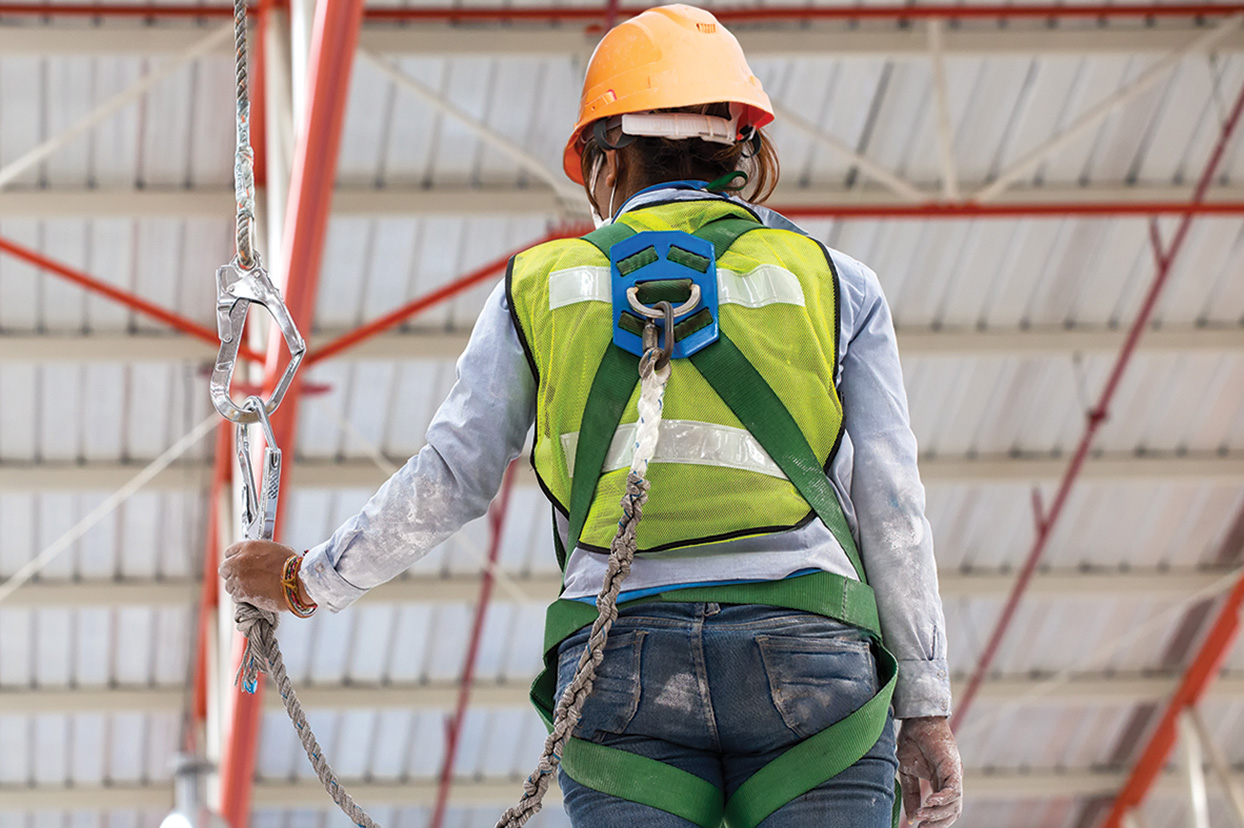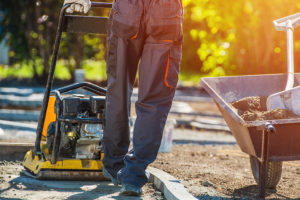May 7, 2018
Fall prevention focus of Safety Stand-Down week
Did you know that falls are the leading cause of worker death in the construction industry? Falls from elevation accounted for 384 of the 991 fatalities in construction in 2016. Fall prevention is an easy an important way to keep your workers safe and save lives.
One of the reasons falls are so common is due to lack of proper equipment and training. In 2017, the Occupational Safety and Health Administration (OSHA) included fall protection general requirements, scaffolding requirements and fall protection training requirements on their list of the top most cited violations for the year.
May 7 – 11, 2018 is National Safety Stand-Down to Prevent Falls in Construction week. This is a voluntary event where employers are encouraged to engage their employees on the importance of fall prevention. Companies can take a break from work and allow supervisors and employees to have an open discussion about safety.
Fall prevention
Proper fall protection is key to prevention. According to OSHA, fall protection is any equipment, device or system that prevents a worker from falling or that diminishes the effects of a fall. Safety standards for construction require that workers use fall protection whenever they are more than six feet off the ground. In general industry, the requirement is four feet.
Hazards that may cause a fall include leading edge work such as roofs or bridges, roof holes and manholes, ramps and runways, steel erection, articulating lifts, bore pits, shafts and work over open tanks. Fall protection is required in hoist areas, runways, areas above dangerous equipment, wall openings, repair pits, stairways and scaffolds.
There are many options for fall protection:
- Covers
- Guardrail systems
- Personal fall arrest systems
- Positioning devices
- Warning lines
- Controlled access zones (CAZs)
- Safety net systems
- Travel restraint systems
- Ladder safety systems
Before beginning a task, workers should utilize pre-task planning to reduce the chances of falling. Workers should also assess the task to choose compatible fall arrest equipment. Ensure sturdy construction and anchor points prior to starting the job.
Personal fall arrest systems must be properly selected, maintained, inspected and utilized. Do not mix components from different models. All open sides of the work area should be marked with warning lines at least 6 feet back from the edge. Clearly mark the lines with high visibility flags.
Training also plays an important role. A qualified person must train workers on how to correctly identify and minimize hazards, use personal fall protection and maintain, inspect and store equipment or systems used for fall prevention. If your company doesn’t have someone trained in fall protection, bring in an expert to help.





